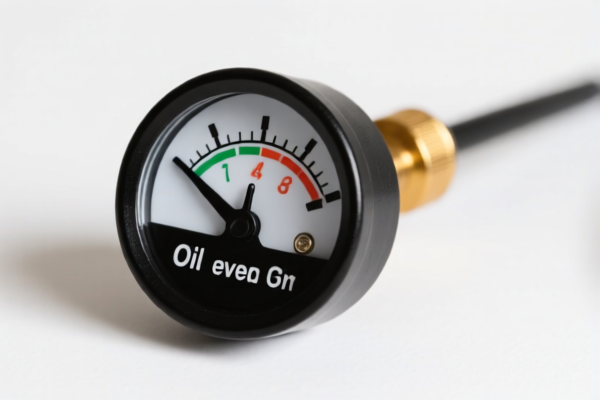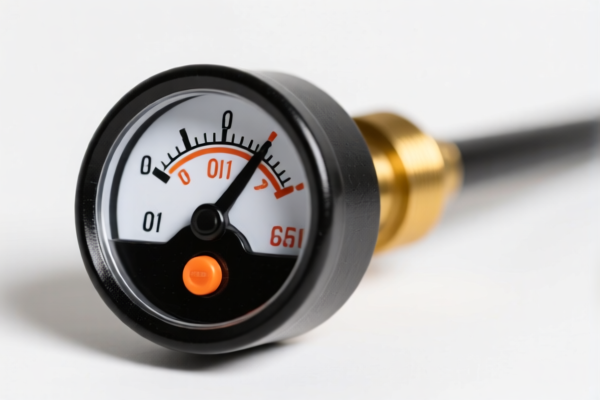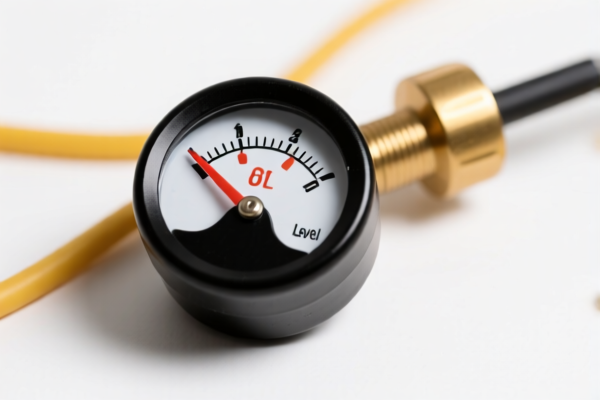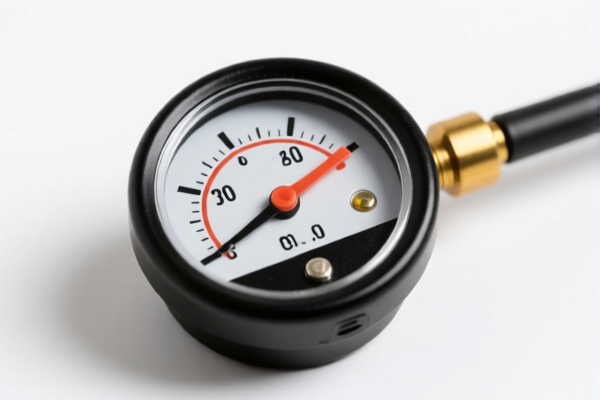| HS Code | Official Doc | Tariff Rate | Origin | Destination | Effective Date |
|---|---|---|---|---|---|
| 8481100020 | Doc | 57.0% | CN | US | 2025-05-12 |
| 8481809015 | Doc | 57.0% | CN | US | 2025-05-12 |
| 8473408600 | Doc | 55.0% | CN | US | 2025-05-12 |
| 8473509000 | Doc | 55.0% | CN | US | 2025-05-12 |
| 8543708000 | Doc | 55.0% | CN | US | 2025-05-12 |




Oil Pressure Regulator
An oil pressure regulator (OPR) is a component in an internal combustion engine's lubrication system responsible for maintaining a consistent oil pressure, regardless of engine speed or oil temperature variations. It ensures adequate lubrication to all engine components, preventing damage and maximizing engine life.
Material:
- Body: Typically constructed from aluminum alloy, cast iron, or steel for durability and resistance to high pressures and temperatures.
- Valve: Often utilizes hardened steel balls or spools, paired with precision-ground seats to create a tight seal.
- Springs: High-strength steel springs are crucial for controlling the valve's opening and closing pressure.
- Seals & O-Rings: Viton or similar high-temperature, oil-resistant elastomers are used for sealing purposes.
Purpose:
- Pressure Control: The primary function is to regulate oil pressure, preventing excessively high pressure that could damage seals or rupture components, and preventing low pressure that could lead to inadequate lubrication.
- Lubrication Consistency: Ensures a stable oil supply to critical engine parts like bearings, camshafts, pistons, and valve trains.
- Bypass Function: In cases of excessive oil viscosity (e.g., cold starts) or a clogged oil filter, the regulator provides a bypass path for oil to reach the engine, albeit at a reduced pressure.
Function:
The OPR operates based on a spring-loaded valve system.
- Oil Input: Pressurized oil from the oil pump enters the regulator.
- Spring Force: A spring exerts force against a valve, initially restricting oil flow.
- Pressure Sensing: Oil pressure downstream of the regulator exerts force on the valve.
- Equilibrium: When downstream pressure reaches a pre-set level (determined by spring tension and internal shims), the valve opens, allowing oil to flow through and maintain the desired pressure.
- Adjustment: Many regulators are adjustable, allowing technicians to fine-tune the pressure based on engine specifications and operating conditions. Adjustment is typically achieved by adding or removing shims or adjusting a screw.
Usage Scenarios:
- Internal Combustion Engines: Essential in gasoline and diesel engines.
- High-Performance Applications: Critical in engines modified for increased power output, where oil demand and pressure requirements are higher.
- Turbocharged/Supercharged Engines: Used to maintain consistent oil pressure despite increased engine load and heat.
- Hydraulic Systems: Some industrial applications utilize similar regulators for controlling hydraulic fluid pressure.
Common Types:
- Internal Regulator: Integrated into the oil pump itself. Less adjustable, commonly found in older or simpler engine designs.
- External Regulator: A separate component mounted externally, offering greater adjustability and easier servicing. More common in performance and racing applications.
- Adjustable Regulator: Allows for precise pressure settings, typically using shims or a screw-type adjustment.
- Fixed Regulator: Preset to a specific pressure, requiring no adjustment.
- Relief Valve (often combined with regulator): Acts as a safety mechanism, bypassing excess oil pressure to the oil pan if the regulator fails.
Oil Pressure Regulator Classification
Based on the provided information, the following HS codes are relevant to “oil pressure regulator”:
-
8481100020: This HS code falls under Chapter 84 – Nuclear reactors, boilers, machinery and mechanical appliances; parts thereof. Specifically, it covers Heading 8481 – Taps, cocks, valves and similar appliances, for pipes, boiler shells, tanks, vats or the like, including pressure-reducing valves and thermostatically controlled valves; parts thereof. The Subheading 8481100020 specifically refers to Pressure-reducing valves Hydraulic fluid power type. This is applicable as an oil pressure regulator functions as a hydraulic fluid power type pressure-reducing valve. The total tax rate is 57.0% (基础关税: 2.0%, 加征关税: 25.0%, 2025.4.2后加征关税: 30.0%).
-
8481809015: This HS code also falls under Chapter 84, Heading 8481. However, the Subheading 8481809015 covers Other appliances: Other Regulator valves, self-operating, for controlling variables such as temperature, pressure, flow and liquid level. An oil pressure regulator, being a self-operating valve controlling pressure, falls under this classification. The total tax rate is 57.0% (基础关税: 2.0%, 加征关税: 25.0%, 2025.4.2后加征关税: 30.0%).
Important Note:
Regarding HS codes 8481100020 and 8481809015, please be aware that the加征关税 (additional tariff) rate will change to 30.0% after April 2, 2025.
Customer Reviews
No reviews yet.